The search for Covid in China’s Hubei caves and wildlife farms
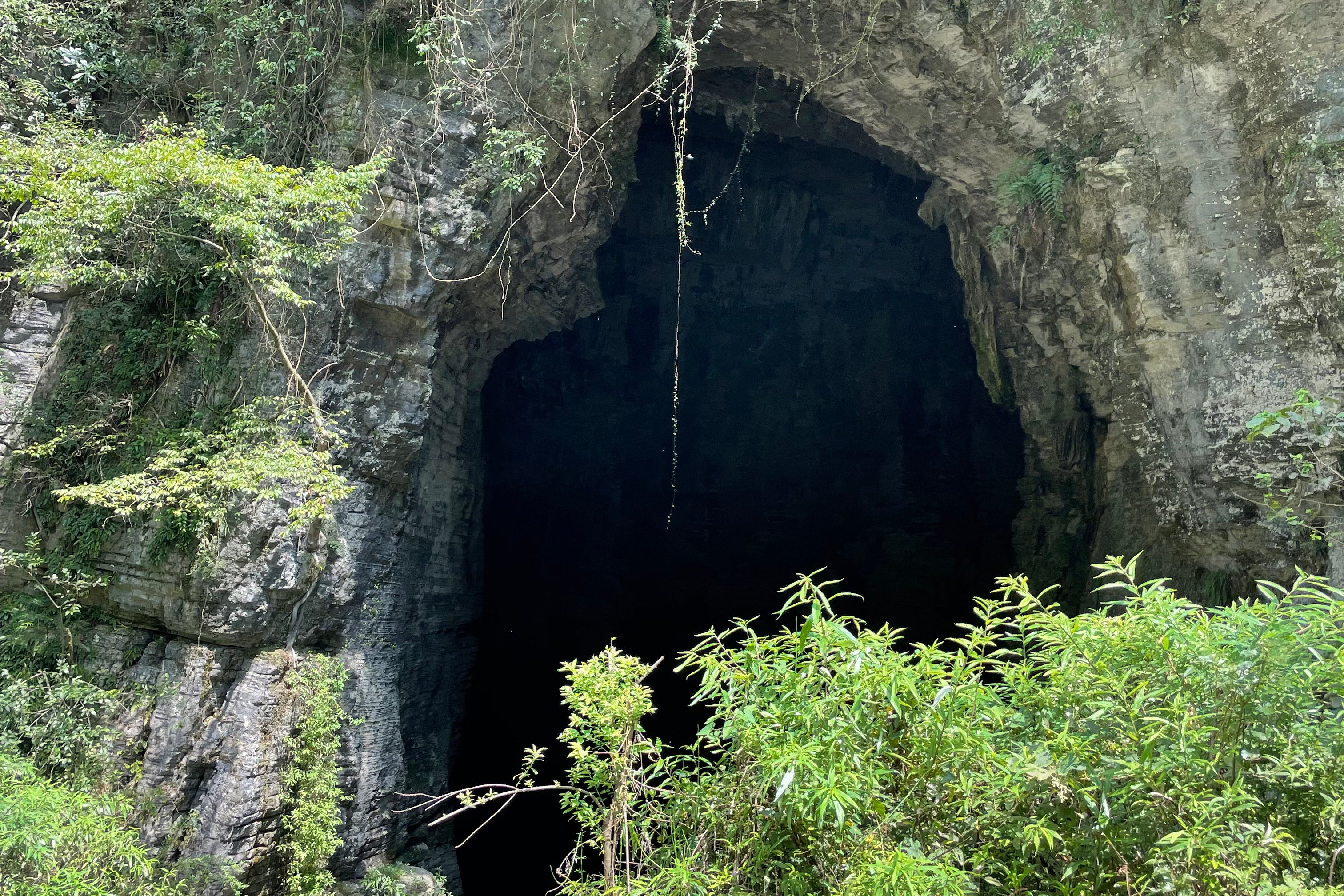
Your support helps us to tell the story
From reproductive rights to climate change to Big Tech, The Independent is on the ground when the story is developing. Whether it's investigating the financials of Elon Musk's pro-Trump PAC or producing our latest documentary, 'The A Word', which shines a light on the American women fighting for reproductive rights, we know how important it is to parse out the facts from the messaging.
At such a critical moment in US history, we need reporters on the ground. Your donation allows us to keep sending journalists to speak to both sides of the story.
The Independent is trusted by Americans across the entire political spectrum. And unlike many other quality news outlets, we choose not to lock Americans out of our reporting and analysis with paywalls. We believe quality journalism should be available to everyone, paid for by those who can afford it.
Your support makes all the difference.Hundreds of caves are spread throughout the mountains of Enshi prefecture, an agricultural corner of China’s Hubei province. The most majestic, Tenglong, or “flying dragon”, is one of China’s largest karst cave systems, spanning 37 miles of passages that contain numerous bats.
Nearby are small farms that licences show collectively housed hundreds of thousands of wild mammals such as civets, ferret badgers and raccoon dogs before the pandemic – animals that scientists say can be intermediate hosts for viruses that cross from bats to humans.
The World Health Organisation has requested access to China’s wildlife farming areas such as Enshi, calling it a key step in the search for the origins of the coronavirus. Beijing has denied the requests.
The Washington Post made a rare trip in September to Enshi, six hours’ drive west of Wuhan, where the coronavirus was first detected.
A reporter observed human traffic in Enshi’s caves, including domestic tourism and potholing and villagers replacing a drinking water pump. Defunct wildlife farms sat as close as a mile from the entrances.
Scientists say it documents a plausible pathway for how a coronavirus could have spread from bats to other animals and then to Wuhan’s markets.
Asked if bats, farmed animals and local residents were tested for the coronavirus in Enshi, a spokesperson for the Chinese Embassy in Washington said they could not verify the specific situation at the moment and said China banned the trade and consumption of wild animals in February last year. Enshi’s forestry bureau did not respond to faxed questions; two officials declined interviews.
Western Hubei is home to at least seven types of horseshoe bat, according to the Xishuangbanna Tropical Botanical Garden, a research institute under the Chinese Academy of Sciences. One type, Rhinolophus affinis, has been found farther south in China carrying a virus 96 per cent identical to Sars-Cov-2 – Covid-19.
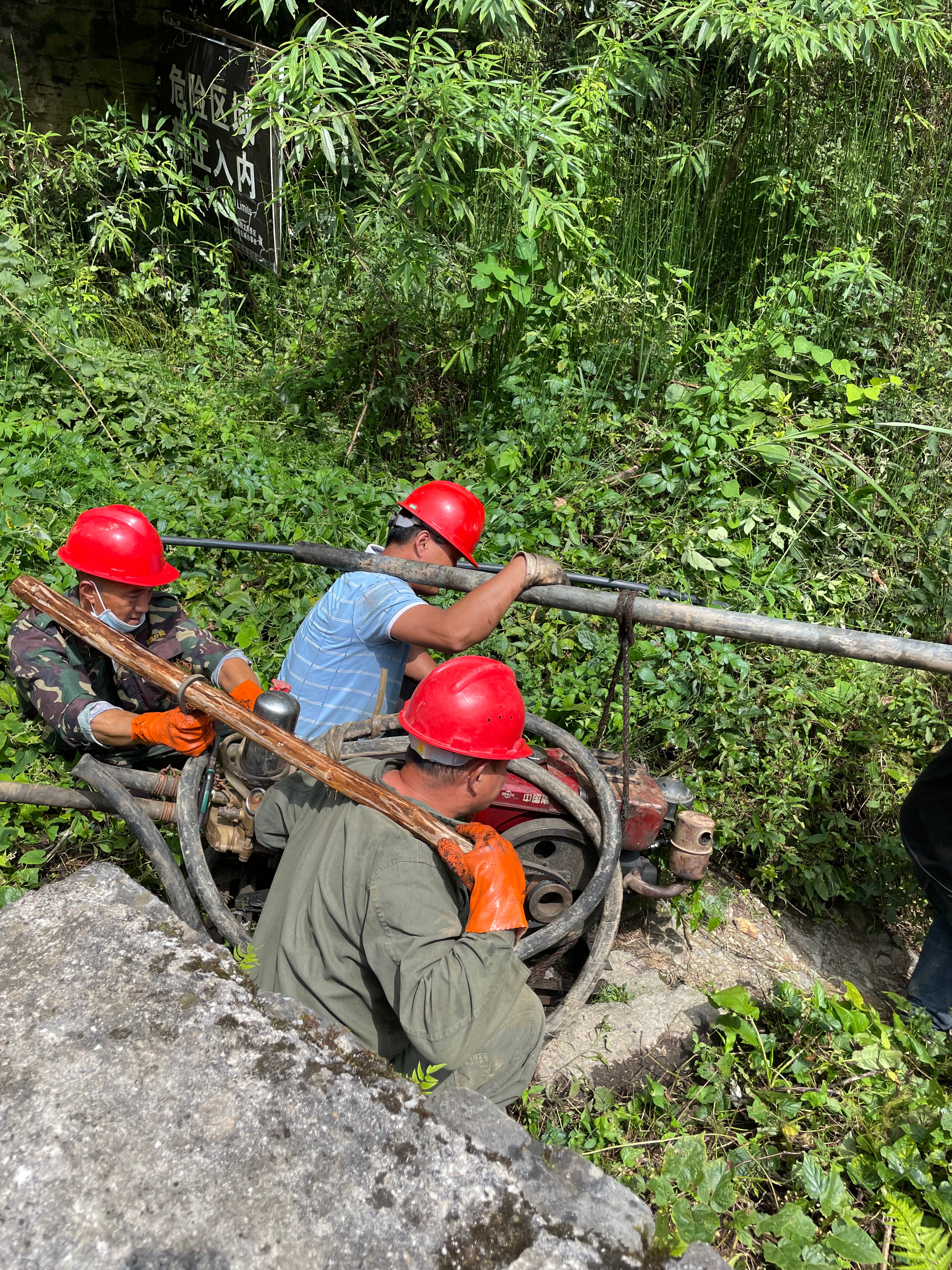
In the rolling land near the caves, Enshi officials had promoted wildlife farming for years to alleviate poverty. Enshi accounted for 17 per cent of Hubei wildlife farms shut down in the pandemic, official announcements show. Authorities estimated that the 290 shuttered Enshi farms had 450,000 to 780,000 animals.
China’s government and the WHO say the likeliest origin of the pandemic is natural transmission through wildlife. Yet little progress has been made in establishing a definitive natural pathway from a bat to a Wuhan market – or for any competing theory, for that matter – because of the Chinese government’s refusal to grant scientists access.
“We really need to find out more about what viruses are circulating in those bats”, says Michael Worobey, an evolutionary biologist at the University of Arizona. “That kind of proximity of farmed animals and bats that could be carrying coronaviruses is exactly the kind of thing we worry about.”
Marc Eloit, head of pathogen discovery at the Pasteur Institute in Paris, agrees that much more sampling needs to be done in China, and specifically in these karst areas.
Eloit said he “would be very interested” to obtain samples from bats and caves in Enshi, adding that gathering bat guano could be a start.
Beijing has been less than eager to find answers in Hubei, as it touts its own theory that the virus may have originated overseas. One foreign scientist who worked for years with the Wuhan Institute of Virology, and who spoke on the condition of anonymity to discuss sensitive matters, said the institute’s field research in bat caves has been suspended since the pandemic began.
But Chinese authorities had Enshi in their sights before the threat of Covid-19 was known.

A clampdown on Enshi’s wildlife trade at wet markets began on 23 December, 2019, according to state media, eight days before China publicly acknowledged the new virus. The head start in Enshi doesn’t mean officials found something amiss: It could have been preventive, as rumours emerged of market vendors falling mysteriously ill in Wuhan. But it means evidence on Enshi’s wildlife trade was erased before the world was aware of the existence of a novel coronavirus.
Since then, Beijing has rebuffed international calls for more details on supply chains of live wildlife leading to Wuhan markets, even as local officials shut down wildlife farms – possibly coming across some of the information the WHO seeks. US intelligence agencies told president Biden in August that the virus was not a biological weapon but that natural transmission and a lab-related accident were possible origins.
During the trip to Enshi, a reporter was followed by men in several cars who did not identify themselves but who would subsequently talk to interviewees. None of the farm operators would say whether the animals had been tested for Sars-Cov-2 before being disposed of or released.
The Lichuan Juyuanxiang Special Breeding Cooperative in Enshi illustrates the difficulties that the WHO would have in finding fresh evidence, even if granted access. A two-story, concrete structure where the animals were previously kept now stands empty, vines creeping up the side.
“They were released back into the woods,” said a man surnamed Yang at the Lichuan Juyuanxiang farm, which called itself Hubei’s largest civet farm. “The government wouldn’t allow us to raise them anymore.”
Visits to nearly a dozen other former wildlife farms in the area yielded similar stories. Owners were either not home, denied raising animals listed on business registrations, or said they stopped farming before the outbreak.
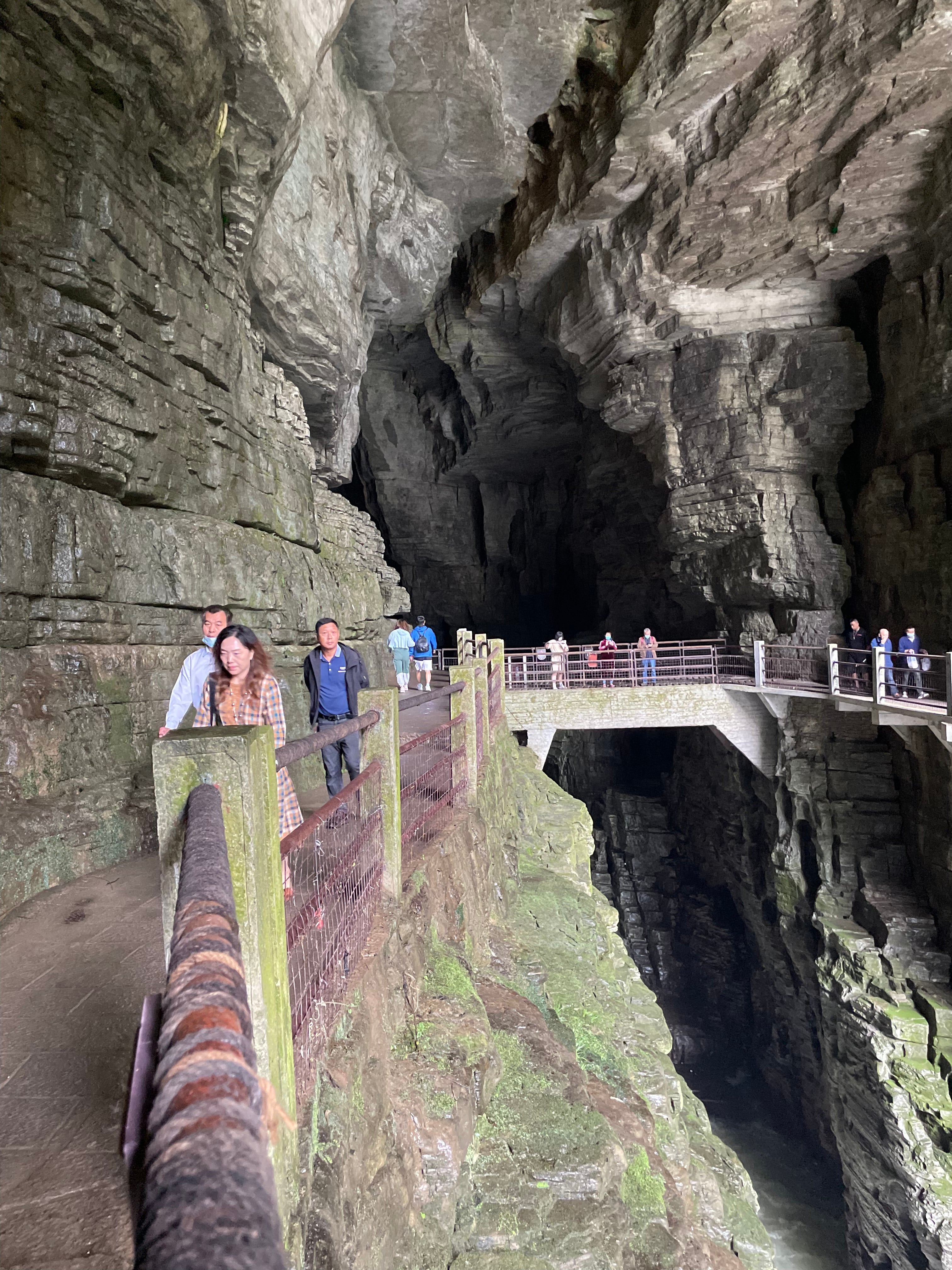
Yang, who identified himself as the farm owner’s uncle, said they had more than 1,000 civets at the time of the outbreak and that the farm was closed down by May last year. His nephew, owner Yang Ancui, declined to talk won the phone.
Aside from civets, the farm – which sat downhill from a large cave – was licensed for breeding porcupines and wild boars.
Scientists say Sars-Cov-2 probably originated in bats. How it got from a bat to a human is unclear, with debate over two prevailing theories.
According to the natural-transmission theory, the virus could have been passed directly to a human who wandered into a cave – perhaps a villager, a hunter or a scientist. It also could have been transmitted first to an intermediate host like a civet, for instance, if the civet drank water contaminated with bat faeces.
A second theory posits that the outbreak could have stemmed from a lab accident; China’s most advanced coronavirus research lab is based in Wuhan. A separate team at the Wuhan Centre for Disease Control and Prevention is known to have searched bat caves in Hubei for new diseases in 2019. Chinese officials have denied a lab accident occurred.
Edward Holmes, a virologist and evolutionary biologist at the University of Sydney, said that, to his knowledge, bat sampling had been done by scientists near to but not inside Enshi, and that no coronaviruses were detected, but he added that the sample sizes were too small.
“I’m certain that Sars-CoV-2-like viruses will be found in China in places where you find Rhinolophus bats,” Holmes said.

Some scientists are pushing for a more vigorous search for an intermediate host, which, if found, would be strong evidence for natural transmission. Other coronaviruses such as Sars and Mers were carried by intermediate hosts: civets and camels, respectively. Wuhan markets with early outbreaks had sold live wild animals.
A person with knowledge of the Wuhan market supply chains, who spoke on the condition of anonymity to protect his contacts, says live animals sold at markets in Wuhan were sourced from Hubei, particularly Enshi and Xianning prefectures, as well as from Hunan and Jiangxi provinces.
Chinese authorities have deflected questions about the presence of live wild animals at Wuhan markets before the outbreak. A Scientific Reports journal study in June that catalogued illegal sales of live wildlife at the markets has not been covered by China’s state-run media. The two Chinese authors did not respond to requests for comment about what they knew about those supply chains.
International members from the joint WHO-China study on coronavirus origins released in March have said they believe live wildlife was removed from Wuhan markets before the official January 2020 closure of the Huanan market, an early infection hot spot. Details in the WHO-China study on wildlife supply chains at that market focused on chilled and frozen meat products left behind when stall operators cleared out, not on live animals traded there in preceding months.
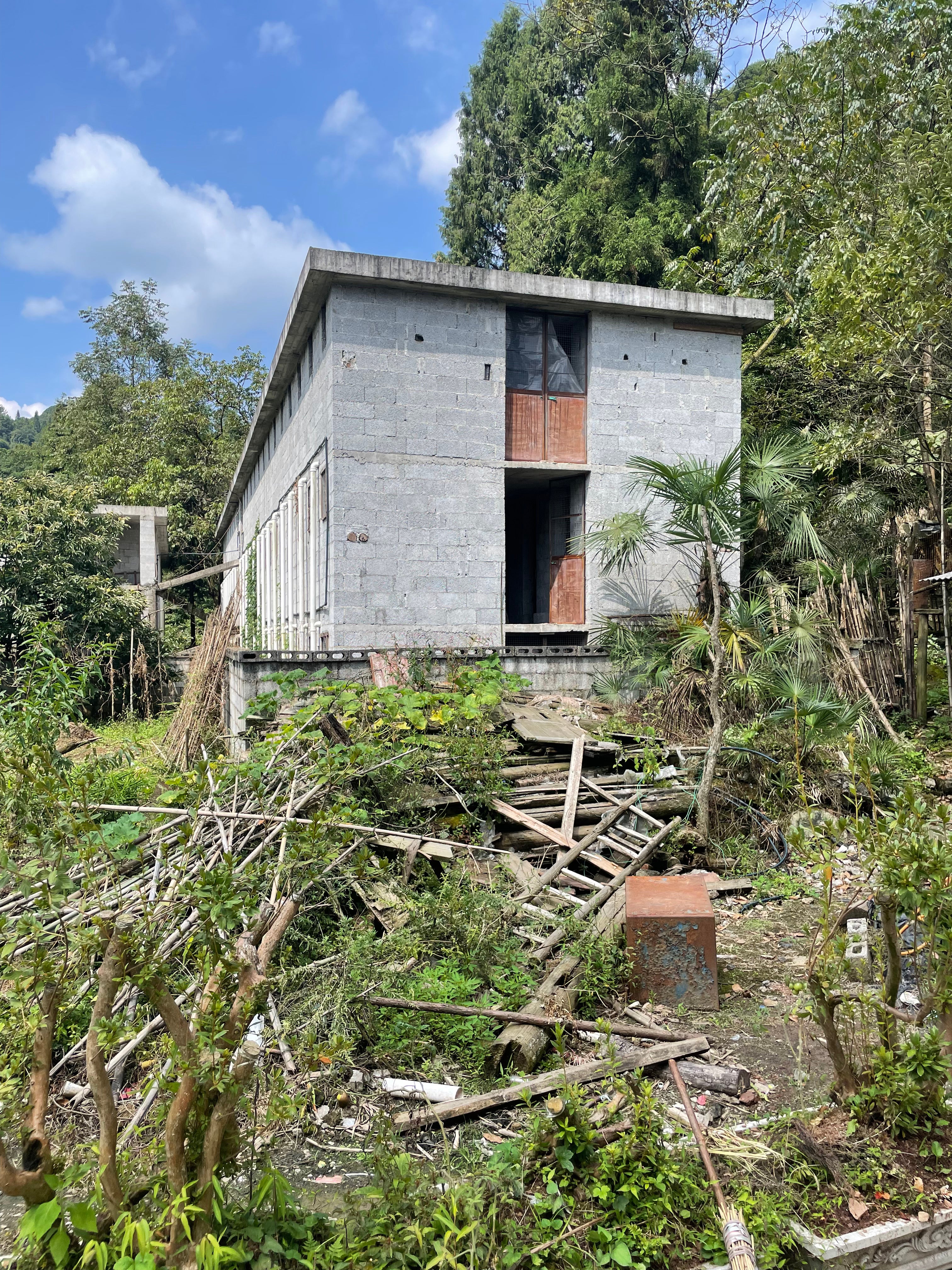
Wildlife bred on farms in Enshi before the pandemic included potential intermediate hosts such as palm civets, raccoon dogs, porcupines, wild boars, hedgehogs, rodents, ferret badgers, ocelots, muntjac deer and flying squirrels, according to official business registries.
Huang Shuang, a chicken vendor at Yuanmengzhuang market in Enshi city, recalled live wildlife being sold in late 2019. “The rules are really strict now, so you don’t see any more wild animals,” he said. “There were some around here before, not a lot, but you could find some.”
On 23 December, 2019 – eight days before Wuhan announced a mysterious pneumonia – the Enshi forestry bureau ordered a halt of live wildlife sales at wet markets in the prefecture, the state-run Hubei Daily reported in February 2020.
In January 2020, a month before China banned the trade and consumption of wild animals, the Enshi forestry bureau announced that a goal for the year was rectifying wildlife breeding and strengthening monitoring for wild animal epidemics.
At least six wet markets in Enshi city were closed by March 2020.
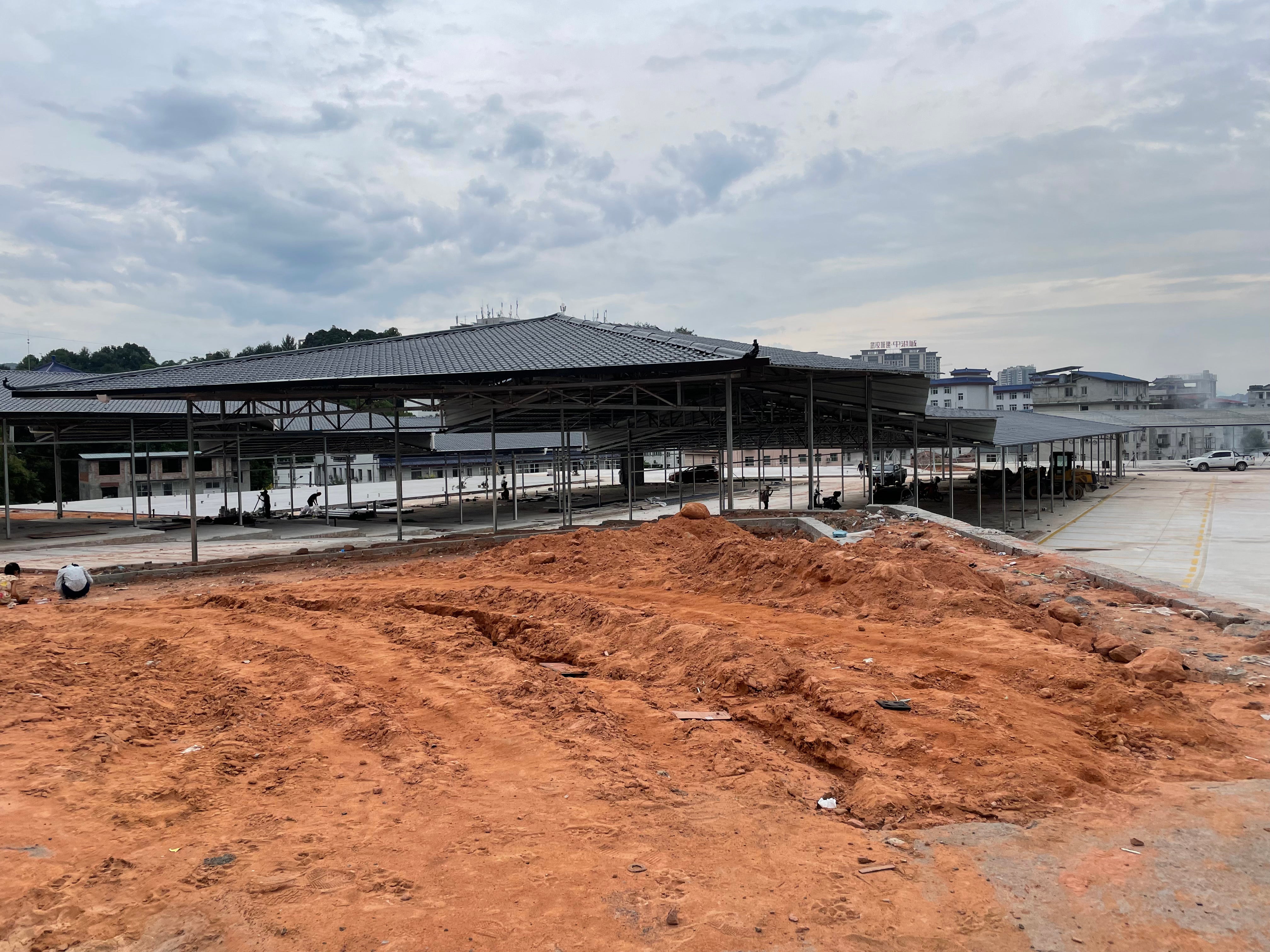
Last month, the Enshi forestry bureau recounted enforcement steps including wildlife farm shutdowns and cash rewards for tips on violations.
Some online notices about local wildlife farming became inaccessible after authorities were approached.
Humans have long encountered bats at Tenglong Cave, according to local residents and news reports. As early as 1988, the Belgian-Chinese Karst and Caves Association reported “intensive utilisation” of the cave by locals, including digging out bat dung for fertiliser.
Tourists and adventurers continue to visit. At the entrance to Tenglong’s lower cave, where the Qing River surges toward the Yangtze River, local potholers geared up on a recent day, fastening helmets, snaking ropes over their shoulders and packing waterproof bags.
A mile down the road is Changyan Farm, a small operation with blue and silver corrugated metal roofs that had been licensed to raise civets, porcupines and wild boar. The deserted farm and dilapidated house across the road showed no signs of recent use. A restaurant and hotel behind the property was closed and the caretaker declined to discuss the farm.
“The forestry officials came by early around the Lunar New Year [2020],” said a neighbour, who would not give her name out of fear of official retribution. “They closed everything down on that farm. I’m not sure what animals they had at the time or what they did with them.”
Eva Dou reported from Seoul. The Washington Post’s Pei Lin Wu and Lily Kuo in Taipei contributed.
© The Washington Post




Join our commenting forum
Join thought-provoking conversations, follow other Independent readers and see their replies
Comments